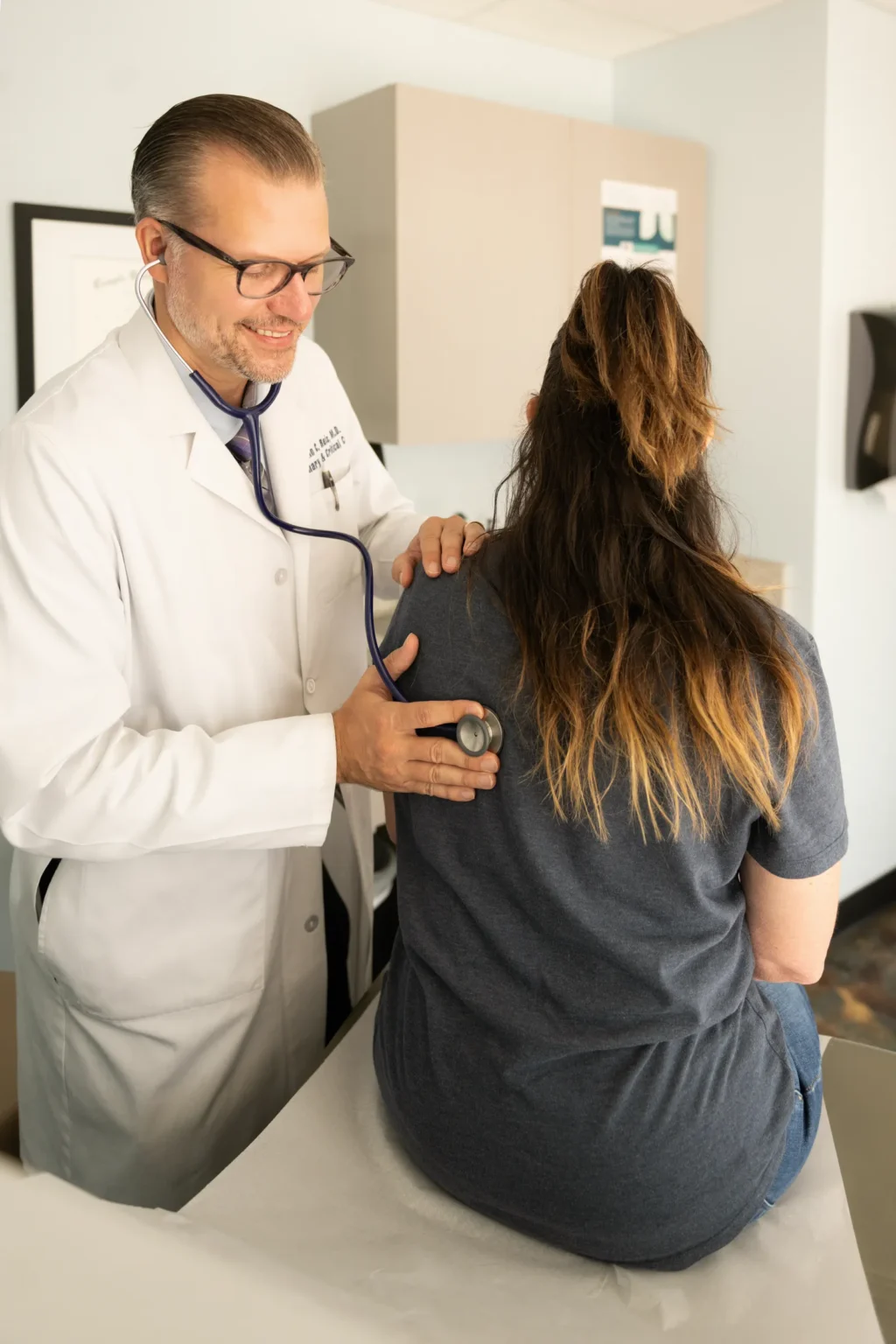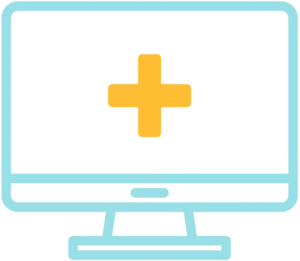Bronchiectasis
Early diagnosis and treatment can help manage symptoms and improve quality of life.
Request An AppointmentRefer A Patient
What is Brochiectasis?
Table Of Contents
Causes of Bronchiectasis
Bronchiectasis can develop due to various factors, including:
- Chronic Infections: Repeated lung infections like pneumonia or tuberculosis can weaken airway walls.
- Underlying Conditions: Cystic fibrosis, immune deficiencies, and autoimmune diseases can increase the risk.
- Airway Blockages: Aspiration of food or foreign objects may cause localized bronchiectasis.
- Genetic Factors: Some inherited conditions, such as primary ciliary dyskinesia, contribute to airway damage.

Common Symptoms
Symptoms vary in severity but often include:
- Persistent cough with mucus production (may be yellow, green, or bloody)
- Shortness of breath and wheezing
- Frequent lung infections
- Chest pain and fatigue
- Unintentional weight loss (in advanced cases)
Diagnosis and Testing
To confirm a diagnosis, a pulmonologist may recommend:
- Chest CT Scan: The most effective imaging test to detect airway damage.
- Pulmonary Function Tests: Measures how well the lungs function.
- Sputum Culture: Identifies bacterial infections in mucus.
- Blood Tests: Checks for immune deficiencies or underlying conditions.
Treatment Options
While bronchiectasis cannot be cured, treatments focus on symptom management and preventing further lung damage:
- Airway Clearance Therapy: Chest physiotherapy and devices help remove mucus.
- Medications:
- Bronchodilators to open airways
- Antibiotics to treat infections
- Anti-inflammatory drugs to reduce swelling
- Pulmonary Rehabilitation: Breathing exercises improve lung function and endurance.
- Oxygen Therapy: In severe cases, supplemental oxygen may be needed.
- Surgery: Rarely, surgery may be necessary for localized bronchiectasis that does not respond to treatment.
Living with Bronchiectasis
Managing bronchiectasis involves lifestyle adjustments, including:
- Staying active with regular, low-impact exercise
- Practicing proper hand hygiene to reduce infection risk
- Staying up to date on vaccinations (flu, pneumonia, and COVID-19)
- Avoiding smoking and exposure to lung irritants
Frequently Asked Questions
0
Can bronchiectasis be cured?
No, but treatments can effectively manage symptoms and improve quality of life, giving you hope for a better future.
0
Is bronchiectasis the same as COPD?
While both are chronic lung conditions, bronchiectasis involves airway widening due to infection and inflammation, whereas COPD is primarily caused by smoking and airflow obstruction.
0
What triggers bronchiectasis flare-ups?
Infections, allergens, air pollution, and cold weather can worsen symptoms.
0
Can bronchiectasis lead to serious complications?
Yes, severe cases can result in respiratory failure, lung infections, and heart strain. Early management is key.
If you experience symptoms of bronchiectasis or have concerns about lung health, consult a specialist for proper evaluation and personalized treatment options.

